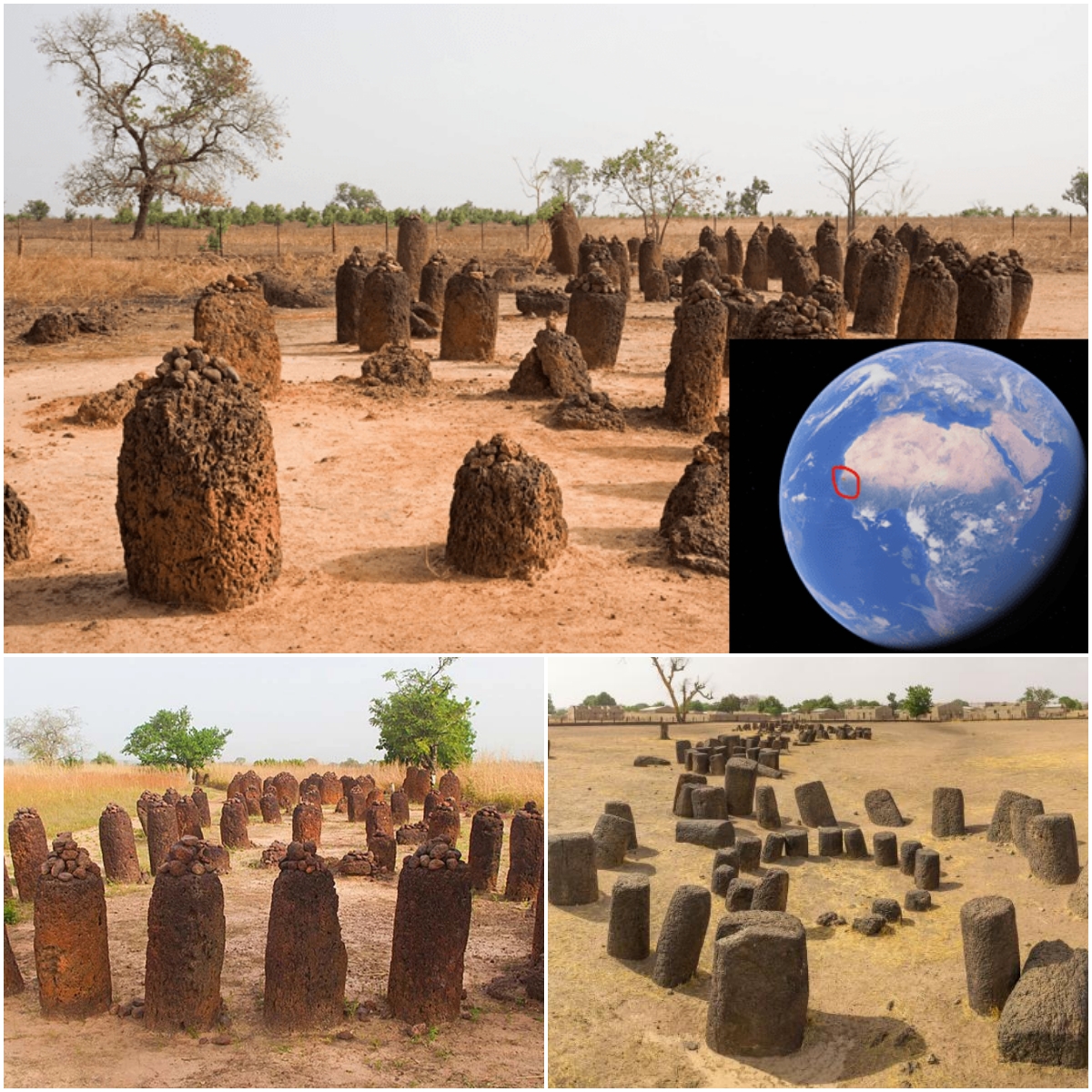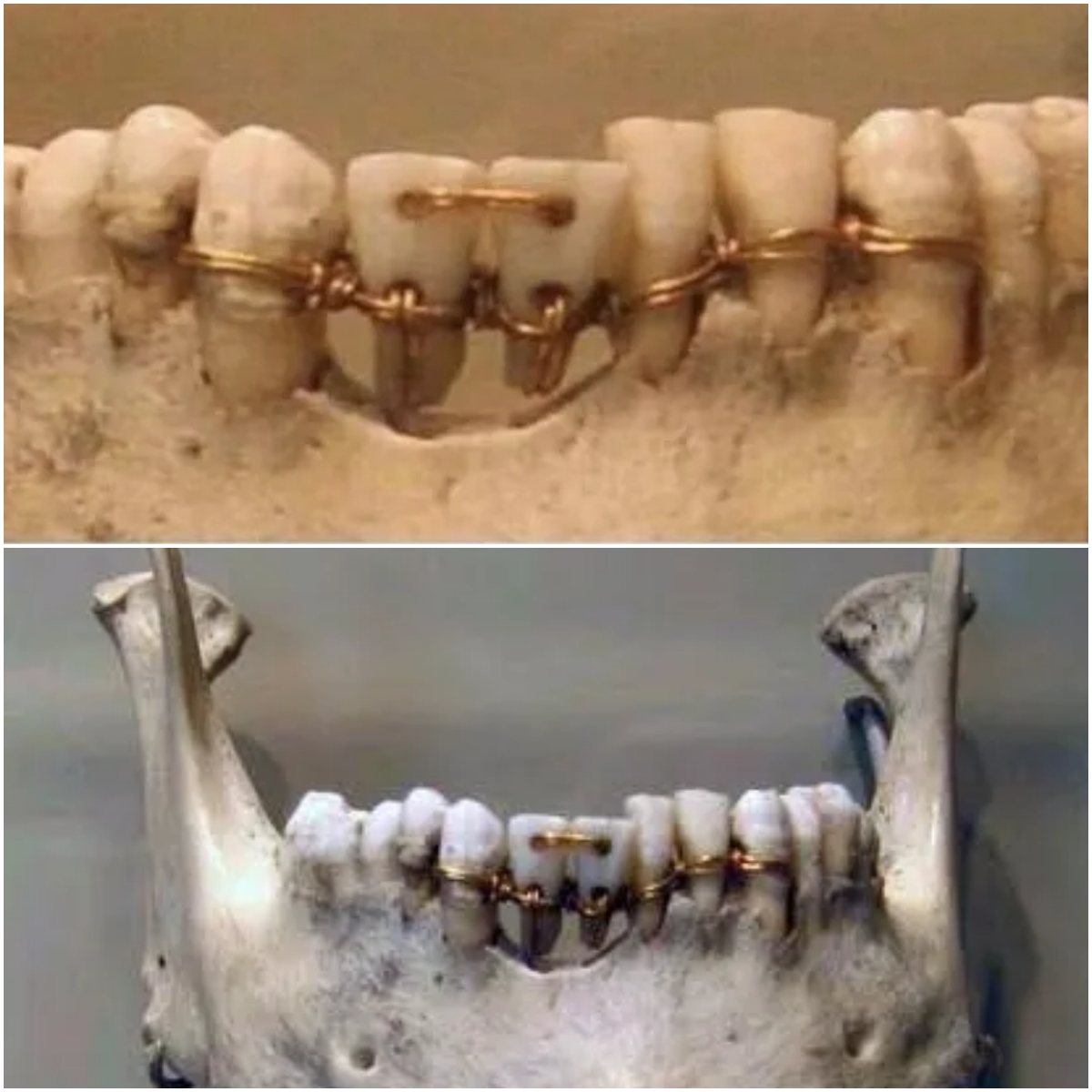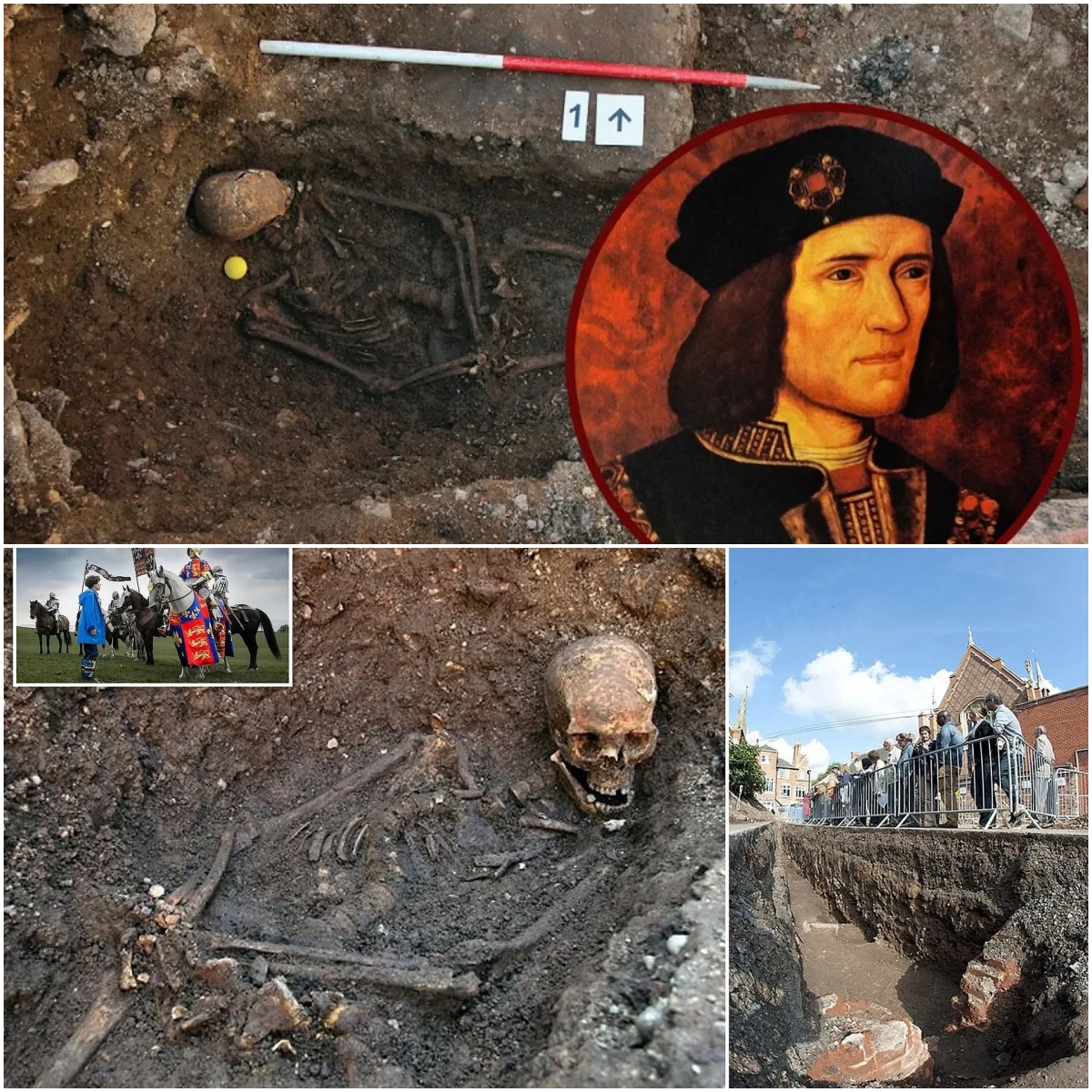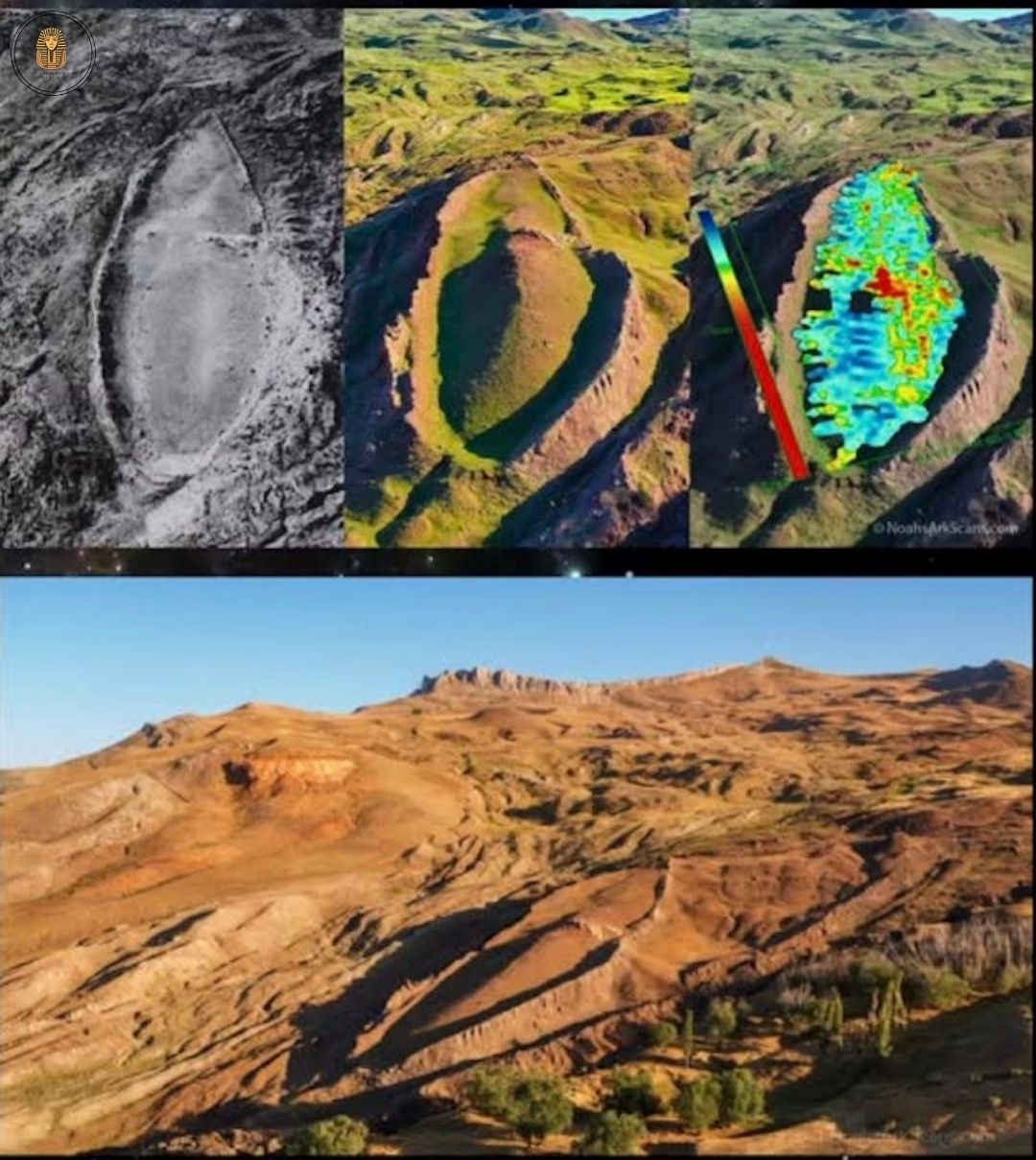The Aztec culture of Tonalá made skulls inlaid with turquoise, yellow eyes and a jade decoration on the forehead. Period from 1300 to 1521 AD.
An unusual artifact is housed inside Mexico City’s Museum of Anthropology. Tightly packed fragments of turquoise, carnelian and white seashells cover the top half of the skull. Pine resin binds the decoration to the bone, creating a colorful mosaic.
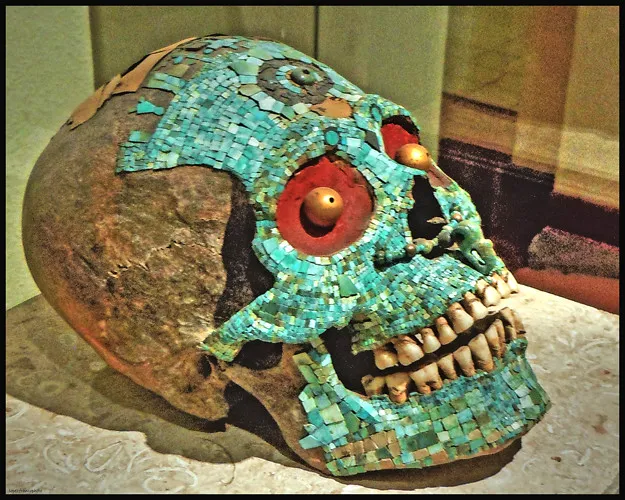
This artifact was actually created for the museum in 1967 when the museum was looking for pieces that showed what life was like among the Aztecs. Original artifacts made from turquoise are very rare.
Turquoise was an important commodity for many Mesoamerican cultures. It was often valued more than gold and its striking blue-green pigment was believed to be a sacred color of the gods.
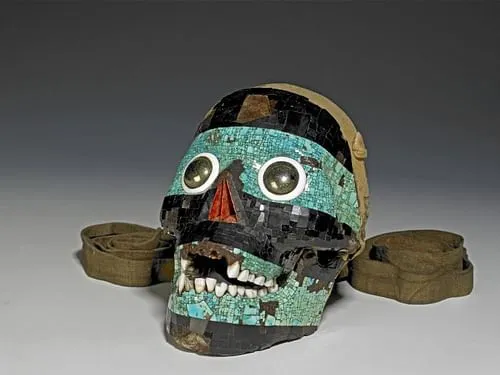
Turquoise came from people living in territories the Aztecs had conquered, such as present-day Oaxaca, Veracruz, and Guerrero. Huge amounts of the mineral were sent to Tenochtitlán (now Mexico City) each year as tribute to Emperor Moctezuma. Artisans then used turquoise to create religious art.


